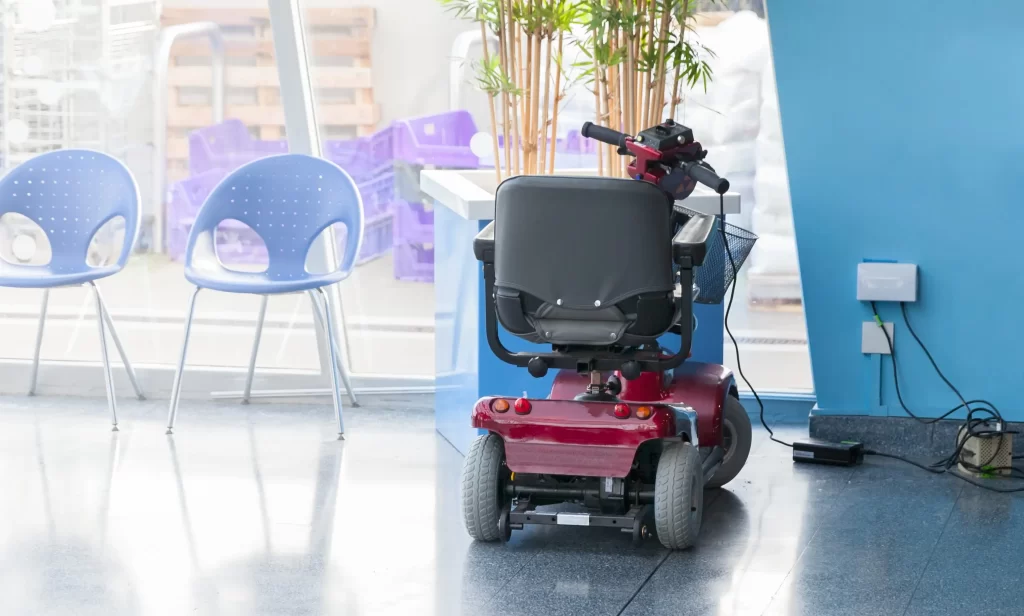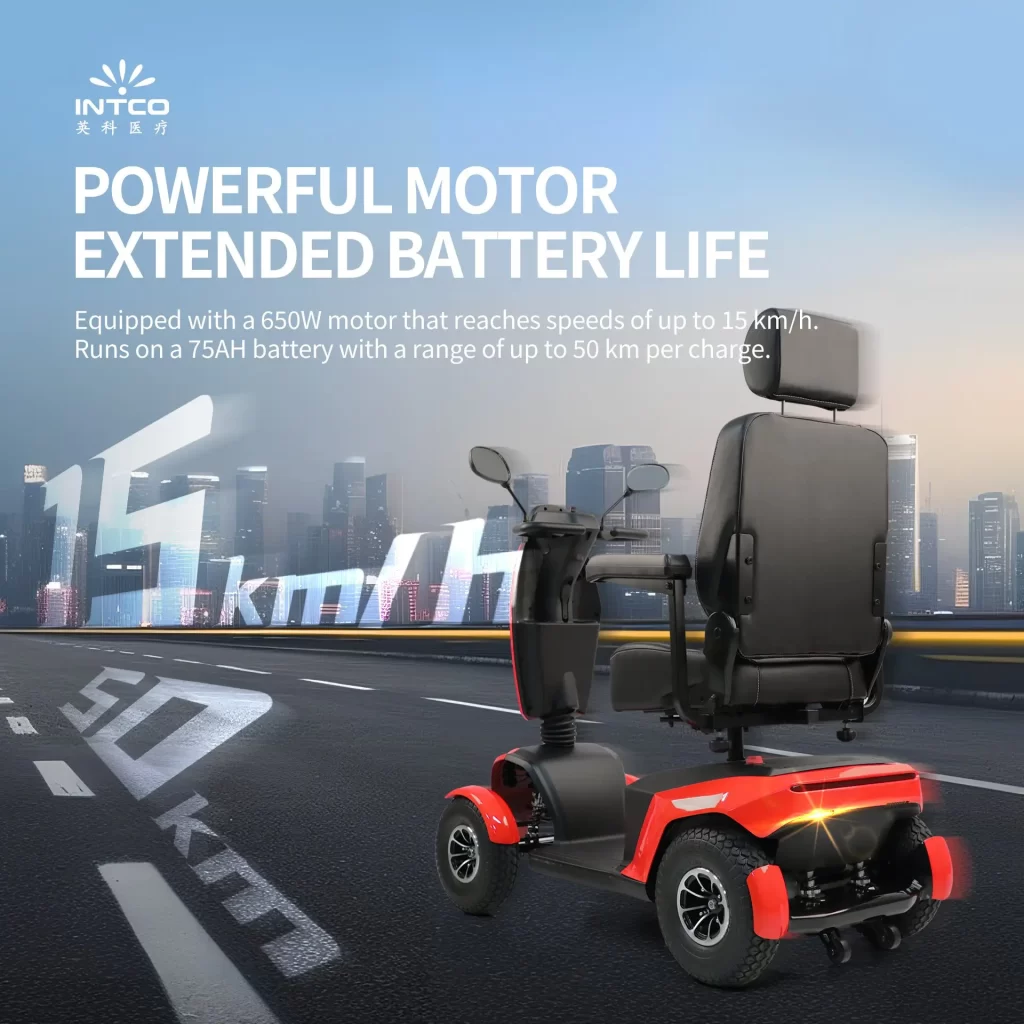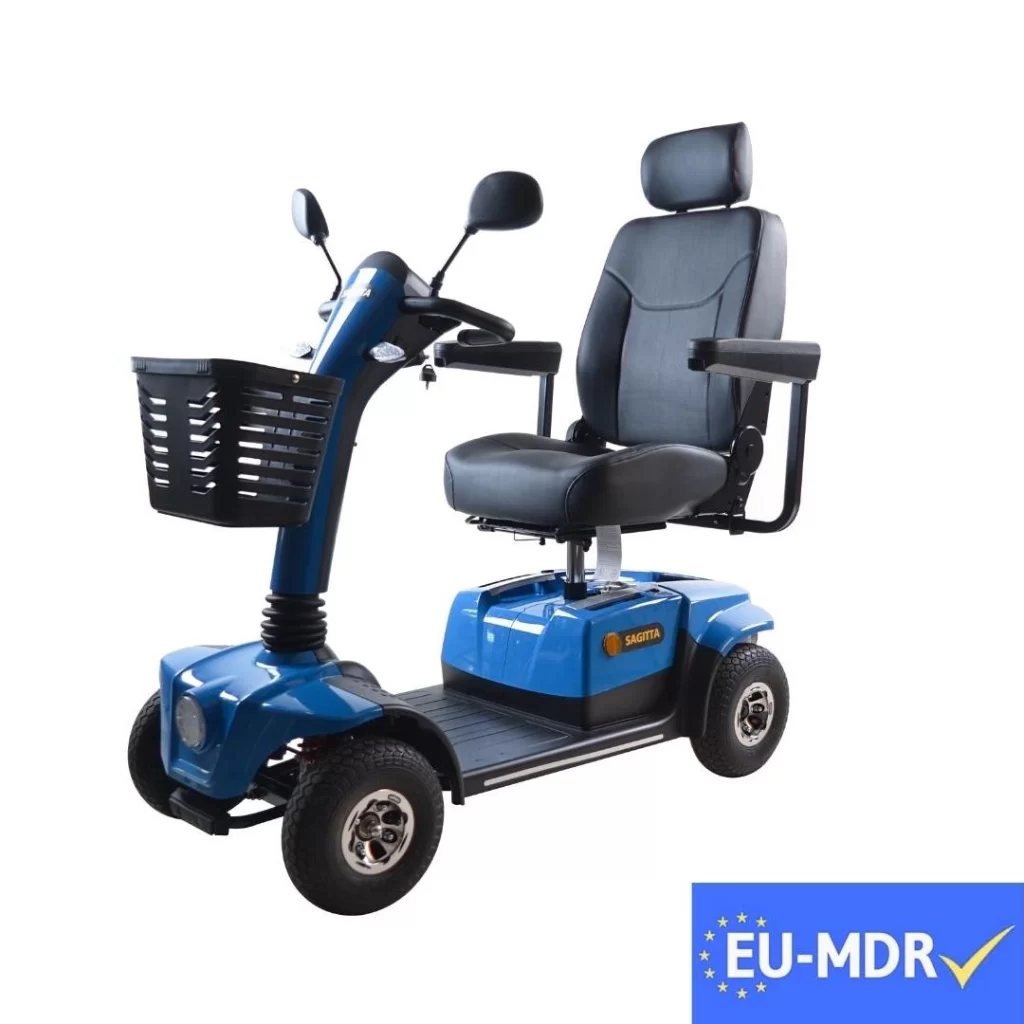Contact Us
Top 5 Mobility Scooter Charging Mistakes You’re Making(Solution Guide in 2025)
Skipping the Mobility Scooter Battery Guide
Why You Shouldn’t Ignore the Guide
The mobility scooter guide is super handy. It’s packed with tips on how to use, care for, and keep your scooter running smoothly. Lots of folks toss it aside, thinking they’ll just wing it. But skipping it can mess things up. You might end up with a sluggish scooter or even break something. The guide’s got specific advice for your scooter model, helping it stay in top shape for years.
One big reason to read it? Battery care. Batteries are the heart of your scooter, keeping it going for your daily errands. If you don’t handle them right, they won’t last as long. Worse, they could get damaged for good. For example, the guide might tell you how often to charge or warn against letting the battery drain completely.
How to Charge Your Scooter the Right Way
Charge your scooter somewhere airy. This stops it from getting too hot while charging. Overheating can hurt the battery and even be dangerous. Also, always use the charger that came with your scooter or one the manufacturer says is okay. Using the wrong one can cause trouble.
Pay attention to how long you charge. Charging too much or too little can mess up the battery’s performance. It might not last as long either. The guide usually says exactly how long to charge based on your battery and how you use it.

Overcharging Your Mobility Scooter Battery
Why Overcharging Is a Problem
Overcharging your mobility scooter’s battery is a common slip-up. It can cause some real headaches. When you charge past what the battery can handle, it gets too hot. That heat can wear out the battery’s insides over time. This means the battery won’t hold a charge as well and dies sooner.
In rare cases, overcharging can lead to something called thermal runaway. That’s when the heat causes a chain reaction in the battery. It could catch fire or even explode. That’s a serious safety risk.
How to Stop Overcharging
You can avoid overcharging with a few simple tricks. Get a charger with an auto shut-off feature. It stops charging once the battery’s full, so you don’t have to worry.
Set up a charging routine that fits how you use your mobility scooter. Check the guide for advice. Don’t leave the battery plugged in forever if you don’t need to.
Keep an eye on your charger and cables. Make sure they’re not worn out or damaged. This helps prevent electrical glitches that could lead to overcharging.
Using the Wrong Charger for Your Mobility Scooter
Why Non-Compatible Chargers Are Risky
Having your mobility scooter charged in a wrong charger is a potential issue. It might give the wrong voltage or current, which may mislead charging or kill the battery.
Faulty chargers often lack proper safety features, making them more likely to overheat or short-circuit.
How to Pick the Right Charger
Check your mobility scooter’s guide first. Or reach out to the mobility scooter manufacturer for charger recommendations. Any charger you use should match your mobility scooter’s voltage and amperage needs perfectly.
Go for an original equipment manufacturer (OEM) charger if you can. They’re made for your mobility scooter, so they’re reliable. If you can’t get an OEM one, choose a third-party charger certified by a trusted group. Make sure it meets industry standards. For example, model: SAGITTA-D has charger of 24V 38Ah/24V 52Ah, if you use other charger from different factories, it may cause damage to the battery of this model.
Charging in Extreme Weather
How Temperature Messes with Batteries
Mobility scooter batteries don’t like wild temperature swings. These can hurt how well they work and how long they last. Cold weather makes it harder for batteries to hold a charge. The cold slows down their chemical reactions. But super hot weather? It speeds things up too much, which can damage the battery inside. For example, heat can make lead-acid or gel-based batteries swell or leak.
Lithium-ion batteries are more resilient, although not foolproof. They can lead to thermal runaway when they overheat during charging or use. That’s the worst-case scenario that would result in fires or explosions. Knowing how temperature affects your battery keeps your mobility scooter safe and reliable.
Tips for a Good Charging Setup
To keep extreme weather from harming your battery, charge in a smart spot. Pick a place that’s temperature-controlled, ideally between 50°F (10°C) and 86°F (30°C). Don’t put your charger or mobility scooter near sunlight, heaters, or air vents. Those can cause quick temperature changes.
When you’re not using your mobility scooter, store it indoors. This shields the battery from rough weather.
Forgetting Scooter Battery Care
Why Batteries Need Regular TLC
Taking care of your scooter’s battery is a must. It keeps it working well and lasting longer. Skip the upkeep, and lead-acid batteries might get sulfation. That’s when crystals build up inside, cutting down capacity and eventually killing the battery. Gel-based and lithium-ion batteries need attention too. Check them for damage or corrosion.
Batteries that don’t get care lose their ability to hold a charge. That means shorter trips and annoying stops. It’s a hassle and can cost you more since you’ll need a new battery sooner.
Easy Battery Care Tips
Looking after your battery is no big deal. Check the terminals now and then for corrosion. This keeps the electrical connection strong. If you spot corrosion, clean it off with baking soda and water. It stops the damage from spreading.
Test the battery’s voltage regularly. This helps you catch issues early. Most manufacturers say to use a multimeter or a special tester for accurate checks.
Meet INTCO Medical’s Mobility Scooter
Overview of INTCO Medical
As one of the famous brands in the production and manufacture of medical wheelchairs and mobility scooters, INTCO Medical is a high-tech manufacturing company committing to R&D, production and marketing of medical consumables and durable medical equipment with main business covering medical consumables, rehabilitation equipment, physiotherapy care, etc.
Up to now, with a good product reputation, INTCO Medical has been exported products to more than 120 countries and regions in America, Europe, Asia, Africa and Oceania, which is providing practical products and high-quality services to over 10,000 clients.
Jiangsu Intco Medical Products Co., Ltd, a branch of Intco Medical, focuses on the research, production, and marketing of rehabilitation equipment and therapy products. We specialize in manual and electric wheelchairs, mobility scooters, transfer machines, walking aids, commode chairs, and canes. With hundreds of automated machines, we can produce 1,000,000 manual wheelchairs and 100,000 electric wheelchairs annually, serving over 66 countries and regions worldwide.
What Makes INTCO Medical’s Scooters Awesome
Top-Notch Battery Performance
INTCO Medical’s scooters are built with cutting-edge battery tech. For example, The INTCO Medical GEMINI is a powerful large mobility scooter featuring a robust 650W motor for smooth rides at speeds up to 15 km/h, paired with a long-lasting 75AH battery that delivers an impressive range of up to 50 km per charge—ensuring reliable, extended mobility for both indoor and outdoor use.

Charging That’s a Breeze
INTCO Medical makes charging super easy. Their scooters come with chargers that plug into regular home outlets. They have LED lights to show you what’s going on. You’ll know when the battery’s full or if something needs checking.
FAQ
Q: Why avoid generic chargers for mobility scooter?
A: Mistake: Generic chargers may output wrong voltage, damaging batteries. Impact: Reduces battery life by 40% in 6 months. Solution: Use manufacturer’s charger. Verify voltage. Buy from authorized dealers to avoid 15% counterfeit issues.(Resource from Chat GPT)
Q: Why not leave it plugged in after the charging of mobility scooter?
A: Mistake: Constant charging stresses batteries. Impact: Lithium-ion loses 20% capacity after 300 cycles; SLA lifespan drops from 3 to 1.5 years. Solution: Charge 8–12 hours, unplug when full. Keep lithium-ion at 20–80%. Charge every 2 weeks during storage to avoid 30% capacity loss.(Resource from Chat GPT)
Q: How does irregular charging harm batteries in mobility scooter?
A: Mistake: Skipping charges or full discharges damages batteries. Impact: SLA loses 25% capacity after 100 cycles; lithium-ion loses 15% yearly. Solution: Charge daily after use (8–10 hours for 24V 20Ah). Avoid below 20% (11.8V for SLA). Charge weekly if unused.(Resource from Chat GPT)



